 |
 |
 |
| |
HIV Infection and the Risk of Fracture among Fallers
|
| |
| |
Reported by Jules Levin
CROI 2019
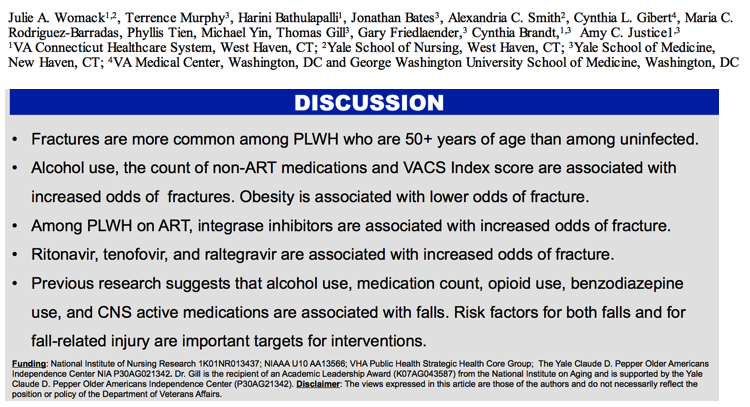
Program abstract
HIV infected (HIV+) Veterans 50+ years of age are more likely to fall than uninfected comparators. Whether they are at greater risk for serious injury after the fall is not known.
We used data from the Veterans Aging Cohort Study (VACS). The primary exposures were HIV and falls. The outcome was serious injury as identified by ICD9 codes (hip fracture, fragility fracture, joint dislocation, traumatic brain injury (TBI), and head injury). We identified medically significant falls using Ecodes and a machine learning algorithm applied to radiology reports. After verifying that associations between HIV and each type of serious injury were similar, all injuries were merged into a composite outcome. An interaction term between HIV and falls assessed whether falls had a differential impact on the risk of injury among HIV+ and uninfected participants. The analytic unit was a six-month person-interval. Covariates assessed at the beginning of the interval were evaluated for associations with occurrence of a serious injury in that interval. Multivariable logistic regression was used to evaluate the associations of HIV and falls with serious injury with adjustment for risk factors for fall-related injury identified among older adults and for disease severity with the VACS Index.
Our analysis included 73,283 Veterans who were 50+ years of age, 31% of whom were HIV+. Fall incidence was 46 per 1000 person-years (95% CI 45-47 per 1000 person-years) for HIV+ and 40 per 1000 person-years (95% CI 40-41 per 1000 person-years) for uninfected. In bivariate analyses, relative to uninfected Veterans, joint dislocation and TBI were less common among HIV+ (1.2% vs 1.7%, p<0.001; and 1.2% vs 1.4%, p<0.001, respectively) whereas hip fracture and fragility fractures were more common (hip fractures: 1.3% vs 0.7%, p<0.001; fragility fractures: 8.0% vs 7.4%, p<0.001, respectively). In fully adjusted models, relative to those who did not fall, those who fell had a substantially increased risk of serious injury: HIV+ (OR 4.14; 95% CI 3.86, 4.44) and uninfected (OR 1.42; 95% CI 1.35, 1.49).
Among those 50+ years of age, HIV+ are more likely to fall and more likely to experience serious injury, commonly in the form of fracture, after they fall compared to uninfected individuals.
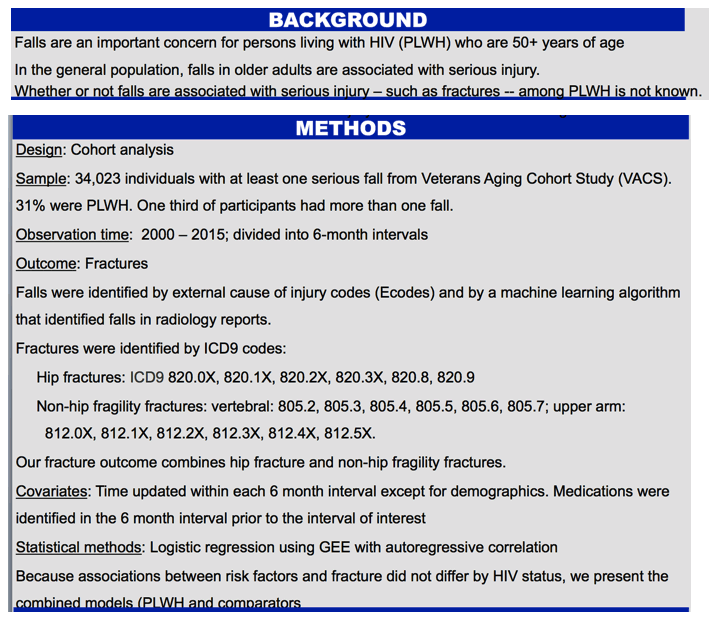
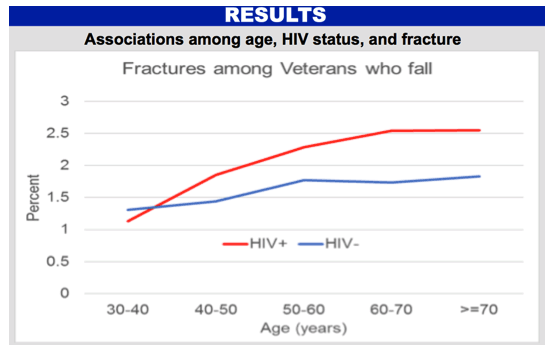
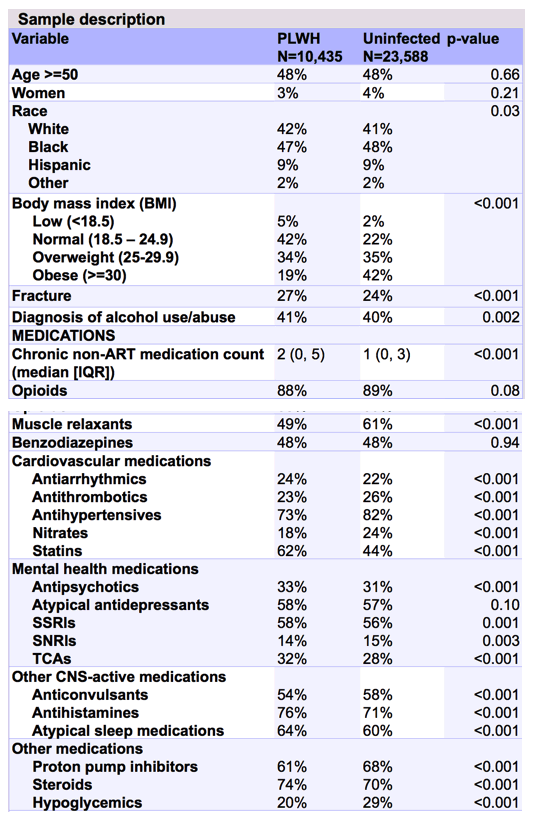
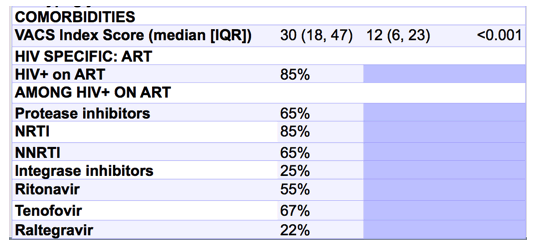
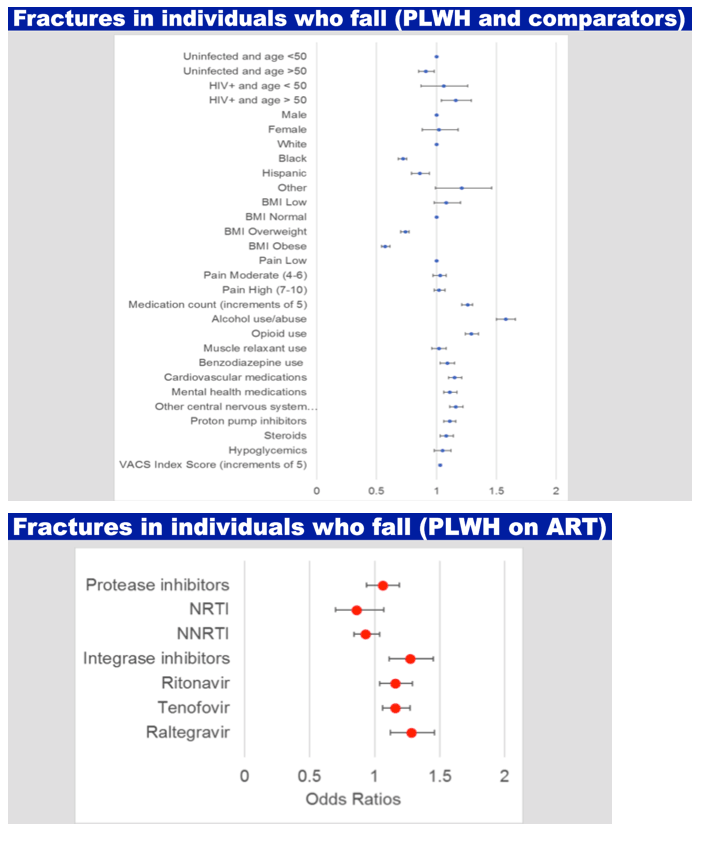

|
| |
|
 |
 |
|
|